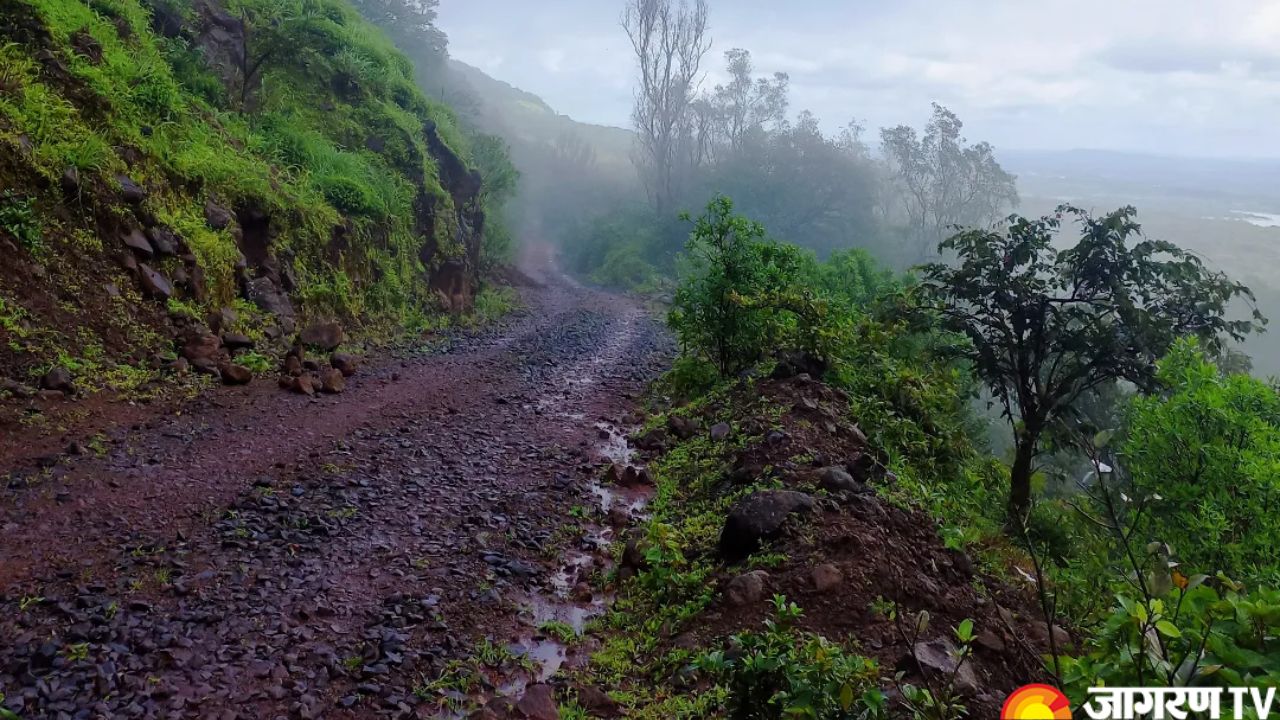World Rainforest Day 2025: List of India’s Most Breathtaking Rainforest Landscapes

World Rainforest Day 2025: World Rainforest Day is an annual event that celebrates and raises awareness to protect the Earth’s rainforests. On this day, people, organisations, and governments throughout the world come together to raise awareness about the importance of rainforests and the urgent need to protect them from deforestation and destruction.
World Rainforest Day History
World Rainforest Day is celebrated every year on June 22. The Rainforest Partnership, a charity based in Austin, Texas, launched World Rainforest Day in 2017. The purpose was to build a communal platform that emphasises the importance of rainforests and motivates efforts to protect these vital ecosystems. Since its establishment, World Rainforest Day has developed into a global movement that includes environmentalists, educators, environmental activists, and lawmakers.
Role of Rainforests in the Environment
-
Rainforests absorb large volumes of carbon dioxide, a key greenhouse gas, which helps to reduce climate change. They also have an impact on rainfall patterns, help to avert droughts, and keep the Earth’s surface cooler.
-
Rainforests are home to about half of all plant and animal species. These forests have enormous biodiversity, including jaguars, orchids, and medicinal plants, most of which have yet to be discovered or investigated.
-
Rainforest trees transfer water into the atmosphere through transpiration, which helps to generate clouds and precipitate. This is critical for preserving the water cycle and sustaining freshwater supplies for millions.
-
The forest canopy protects the soil from heavy rainfall, reducing erosion and maintaining fertility. Tree roots also bind the soil, which reduces the risk of landslides.
-
Many indigenous groups rely on the rainforests for food, medicine, shelter, and spiritual significance. Their knowledge and traditions are intricately linked to the forest ecosystem.
Rainforests in India
India is home to beautiful and diverse rainforest habitats. These lush Indian rainforests, full of rare species and vital to regional ecological balance, face serious challenges, reinforcing the worldwide appeal to action on this important day. Check out the list of rainforests in India.
Andaman & Nicobar Tropical Evergreen Forests
These island rainforests are distinguished by their abundant biodiversity and distinct endemic species, which are separated from the mainland. They are dominated by towering evergreen trees, have a vibrant undergrowth, and provide essential environments for a variety of birds, reptiles, and marine species that interact with the neighbouring coral reefs and coastal ecosystems.
Western Ghats
The Western Ghats, which stretch along India’s western coast, are a UNESCO World Heritage Site and one of the world’s eight “hottest hotspots” for biodiversity. These rainforests have a high degree of endemism, with a broad range of flora and fauna, including several unique and endangered amphibians, reptiles, mammals, and floral species that thrive in their various elevation and rainfall zones.
North Eastern Rainforests
This region, located in India’s northeastern states, is part of the Indo-Burma biodiversity hotspot. These rainforests are very diversified, with a combination of tropical evergreen, semi-evergreen, and moist deciduous forests that are home to unusual animals such as one-horned rhinoceros, primates, and a beautiful array of orchids.
Brahmaputra Valley Semi-Evergreen Forests
These forests, located on the rich plains of the Brahmaputra River, mark the transition between evergreen and deciduous flora. Despite severe human pressure, they continue to maintain major wildlife populations such as elephants, tigers, and a diverse range of birds that have adapted to the Brahmaputra’s frequent flooding.
Meghalaya Subtropical Forests
These forests, located in the hilly state of Meghalaya, are noted for their extraordinarily heavy rainfall, especially in regions such as Mawsynram and Cherrapunji. They have a deep canopy, abundant undergrowth, and a stunning diversity of orchids, pitcher plants, and other rare flora that thrive in the consistently moist environment.
South Western Ghats
This region of the Western Ghats is well-known for its various rainforest ecosystems, which range from lowland evergreen to the unusual high-altitude shola-grassland mosaic. These woods are vital habitats for many rare species and serve as important water catchments, sustaining a diverse range of flora and fauna suited to different elevations and microclimates.
Odisha Semi-Evergreen Forests
These forests, located in the eastern state of Odisha, are an important natural zone that is sometimes overlooked in comparison to other big rainforests. They mark the transition from moist deciduous to evergreen forest, supporting a variety of fauna, including elephants, tigers, and various bird species, and contributing significantly to the state’s biodiversity.
Role of Wind Energy in Sustainable Development, Know its Positive Impact on the Environment
Related videos
-
July 2025 Event Calendar: जानें जुलाई 2025 में राष्ट्रीय, अंतरराष्ट्रीय और महत्वपूर्ण दिनों ...
-
World Olympic Day 2025: 5 Bollywood Films Based on The Lives of Indian Olympians Streaming ...
-
World Music Day 2025: Famous Indian Female Music Composers Who Made Their Mark in This ...
-
World Music Day 2025 : संगीत से जुड़े प्रेरणादायक स्लोगन और कोट्स, जो ...









